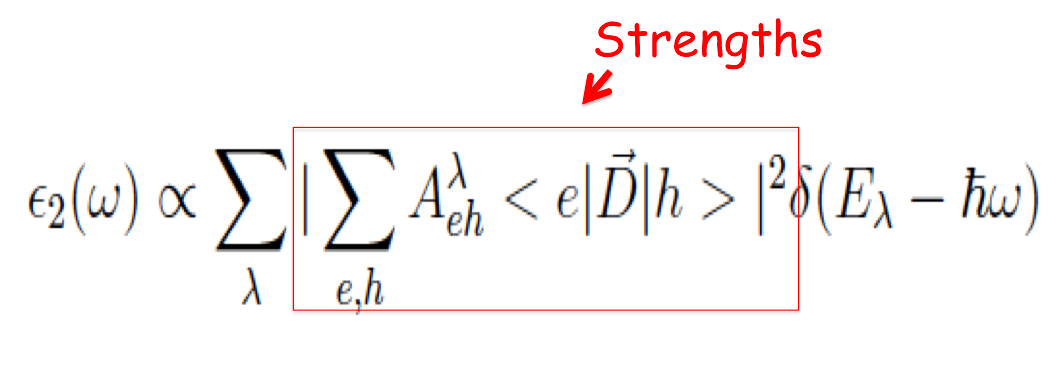By adjusting parameter BLongDir, we performed BSE calculations in different directions, and find anisotropy exists in our system.
My supervisor suggests that the change of oscillator strength is related to Acv in these expressions:
and

However, I found that the o-amplitude files from different calculations are all same.
Furthermore, in other topics, professor Varsano mentioned that Acv are the eigenvectors of the BSE, and a practical exciton is a composition (superposition) of multiple states weighted by Acv.
So, my personal understanding is that Acv acts as a probabilistic parameter. A higher the value it in o-amplitude files, the greater the possibility of excitons existing at this energy. Therefore, this parameter is independent of the change of oscillator strength and direction.
Could you please confirm whether my interpretation is correct?
Best,
Jingda Guo
